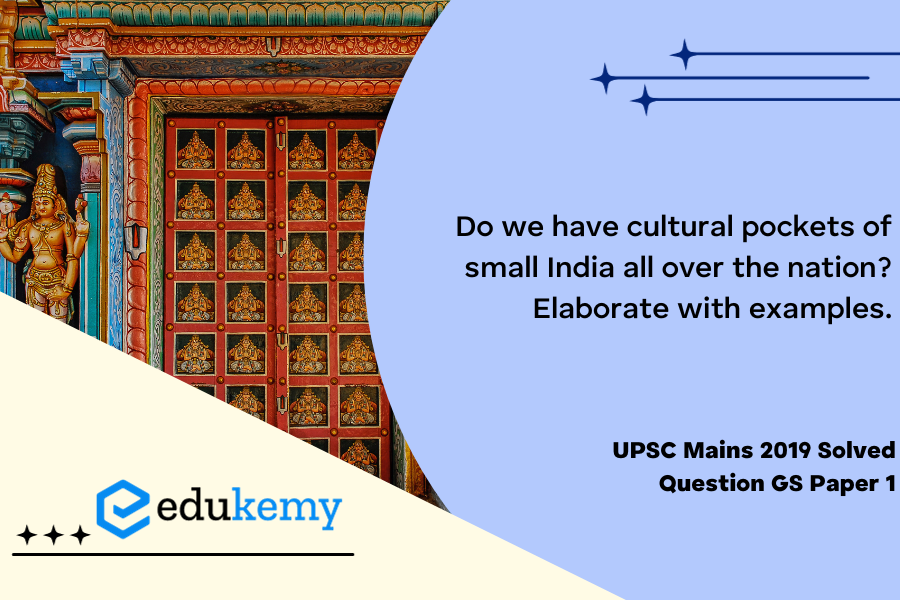India, with its rich tapestry of cultures and traditions, has indeed woven pockets of its essence across the nation. These cultural enclaves, often referred to as “Little Indias,” encapsulate the vibrancy and diversity of the country. One such prominent example is the bustling streets of Jackson Heights in New York City, where a vibrant Indian community has flourished, creating a mini-India complete with authentic restaurants, sari shops, and cultural events. The air is infused with the aroma of spices, and the sounds of Bollywood music resonate through the streets.
Similarly, in London, the Southall district stands as a testament to the diaspora’s cultural richness. Here, the streets are adorned with shops offering traditional Indian attire, and the tantalizing scent of curries wafts from the numerous eateries. The annual Vaisakhi festival transforms Southall into a lively celebration, mirroring the grandeur of festivals in India.
Closer to home, in Dubai’s Al Satwa area, a microcosm of India thrives with its diverse communities. From small eateries serving regional delicacies to traditional clothing stores, Al Satwa encapsulates the essence of Indian culture. The celebration of Diwali in this neighborhood mirrors the fervor seen in Indian cities, with streets illuminated by colorful lights and the night sky ablaze with fireworks.
These cultural pockets not only serve as reminders of the roots of the Indian diaspora but also act as bridges connecting people from different walks of life. They create a sense of belonging and nostalgia for those who have left their homeland, fostering a shared identity that transcends geographical boundaries. In essence, these miniature Indias scattered across the globe are living proof of the enduring spirit and cultural richness of the nation.
Tag: Society of India.
Contents
Decoding the Question:
- In the Introduction, try to briefly write about the diversity of India and its culture.
- In Body, Write briefly about the diversity of India.
- Write how small pockets of India are there all over the nation and mention some issues with it.
- In Conclusion, try to link the importance of cultural diversity.
Answer:
India has a lot of diversity to offer to the people of this world and her people as well. Culture is used to relate the language, ideas, customs, and social behavior of a society. Despite the diversity, the sense of togetherness is developed due to peaceful coexistence. The development of transport and communication helped in bringing small India together in the form of different pockets.
Diversity in Different Cultural Pockets of India:
- Linguistic diversity: Officially there are 122 languages but 22 languages in the Eighth Schedule of the Constitution give cultural pockets like Assamese, Gujarati, Konkani, Maithili, Manipuri, Oriya, Tamil, Telugu, etc.
- Religious diversity: According to the data on Population by Religious Communities of Census 2011, Hindu 96.63 crores (79.8%); Muslim 17.22 crores (14.2%); Christian 2.78 crores (2.3%); Sikh 2.08 crores (1.7%); Buddhist 0.84 crores (0.7%); Jain 0.45 crores (0.4%) are dispersed all over the nation forming cultural pockets.
- Racial diversity: Anthropologists categorize Indians as belonging to racial admixture. Mongoloids are largely confined to the North-eastern region whereas Negritos are found on the Andaman Islands. Because of this, India has been termed as an ethnological museum.

Small India in Different Cultural Pockets:
- Metropolitan areas represent a culture of their own which is entirely different from each other and can be seen in the banter between Delhi and Mumbai. But they are well diverse within themselves as well depending upon the time and place. The Ganpati Utsav and those who celebrate it, form a cultural pocket within Mumbai for ten days.
- Multi-story housing societies in urban areas are also an example of cultural pockets. Diverse people live in the same building exchanging food habits, traditions, and indigenous culture and they celebrate all festivals together as if they are a big joint family. The same applies to multinational organizations and corporate offices as well where workers represent the diversity of India.
- Higher educational institutes like universities and colleges provide us with the same scenario. Students from every corner of the nation irrespective of their hometowns, race, caste, class, or any other differences sit and study in the same classroom and take part in extracurricular activities and college festivals together.
Challenges Due to Different Cultural Pockets of India:
- The People’s Linguistic Survey of India identified 780 languages of which 50 got extinct in the past five decades.
- There are frequent incidents of attacks on people with different cultures in these pockets.
- In some regions, there is a growing sense of regionalism and protectionism which is opposing people from outsiders.
Conclusion
It is very clear to us that India has uncountable cultural pockets all over the nation with different sets of values and outlooks towards life enriching Indian cultural heritage and validating the fact that India is indeed one of the Cultural Superpowers of the world. It is perhaps one of the most diverse countries in the world. Government steps like Ek Bharat Shreshtha Bharat can go a long way in celebrating and strengthening this diversity.
In case you still have your doubts, contact us on 9811333901.
For UPSC Prelims Resources, Click here
For Daily Updates and Study Material:
Join our Telegram Channel – Edukemy for IAS
- 1. Learn through Videos – here
- 2. Be Exam Ready by Practicing Daily MCQs – here
- 3. Daily Newsletter – Get all your Current Affairs Covered – here
- 4. Mains Answer Writing Practice – here


